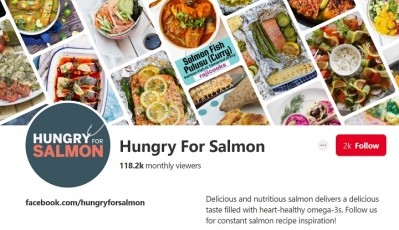The rise of Gen Z brings new marketing challenges compared to millennials, CivicScience data suggests

Coming in around 17 years of age and younger, Gen Z “is on the cusp of becoming as popular as or more popular than Millennials,” the consumer research company mused in the first of a series of installments that analyzes how the two generations answer survey questions. Yet, it adds, “there is still very little known about this consumer group.”
To help brands and marketers better understand the differences between the two generations, CivicScience first looked at what type of media resonates most with each group and found more than half of each generation say they are influenced more by social media than ads on television or the Internet.
In particular comments on social media have the most influence on purchases for 58% of millennials, which is notably higher than the 53% for Generation Z. But which social media outlet they prefer varies.
The survey found more than half of millennials check Facebook daily compared to only 31% of Generation Z, suggesting the once go-to social network giant may not be as effective of a tool for reaching kids today.
Rather, Gen Z favors more visual social media sites, which also tend to be ones that marketers haven’t grasped as effectively yet as they have Facebook.
Specifically, CivicScience found about 30% of Gen Z uses Instagram daily compared to only about 25% of millennials. Likewise, slightly more than 25% of Gen Z checks Snapchat daily compared to less than 20% of millennials. And coming in last place is Twitter, which about 20% of both generations check daily.
One way retailers and brands can better interact with Gen Z shoppers on their preferred social media outlets is by, “offering free items or product discounts in return for following them on Instagram or Snapchat,” which “may entice more Gen Z shoppers to interact with their brand and evangelize about their products on social media sites,” CivicScience recommends.
Gen Z also is significantly more influenced by TV ads than millennials, suggesting it may be another avenue for reaching them, CivicScience found. Specifically it found 29% of Generation Z report television ads to be the most influential compared to only 25% of millennials.
Don’t give up on millennials, yet
Even as retailers and brands prepare for the rise of Gen Z, they shouldn’t forget millennials, as this group still is larger and spends more than any other generation currently, CivicScience notes.
But just as millennials are different from people in Gen Z, so too are they different from each other, a second, older study by CivicScience found.
Data the research firm collected and analyzed in 2014 found where millennials live in the country greatly influenced what type of media they consume – suggesting different avenues for reaching these shoppers will work more effectively in different locations.
It found millennials in the Northeastern US are more digitally social than those on the West coast. Specifically, Northeast millennials are 55% more likely to use Snapchat and 32% more likely to be on Twitter, whereas Western millennials are 33% more likely to love using Pinterest.
Beyond social media, CivicScience found Northeast millennials were 29% more likely to subscribe to print newspapers and 28% more likely to watch local TV news most days. Western millennials, on the other hand, are 26% more likely to watch Fox network the most of the four broadcast TV networks and 32% more likely to watch sitcoms the most among TV show genres.
The consumer research firm also found at that time millennials’ food preferences varied widely depending on which side of the country they lived.
Millennials on the West Coast were 69% more likely to buy local food every chance they get and 25% were more likely to say GMOs affected which products they buy at least half the time. They also were 38% more likely to eat fast food at least once a week.
Millennials in the Northeast, on the other hand, are 42% more likely to eat breakfast on-the-go or at work instead of home, 15% more likely to eat lunch away from home and 55% more likely to favor Italian food over other cuisines, CivicScience found.









